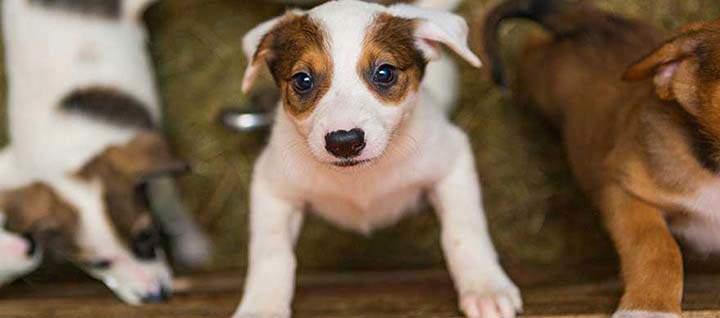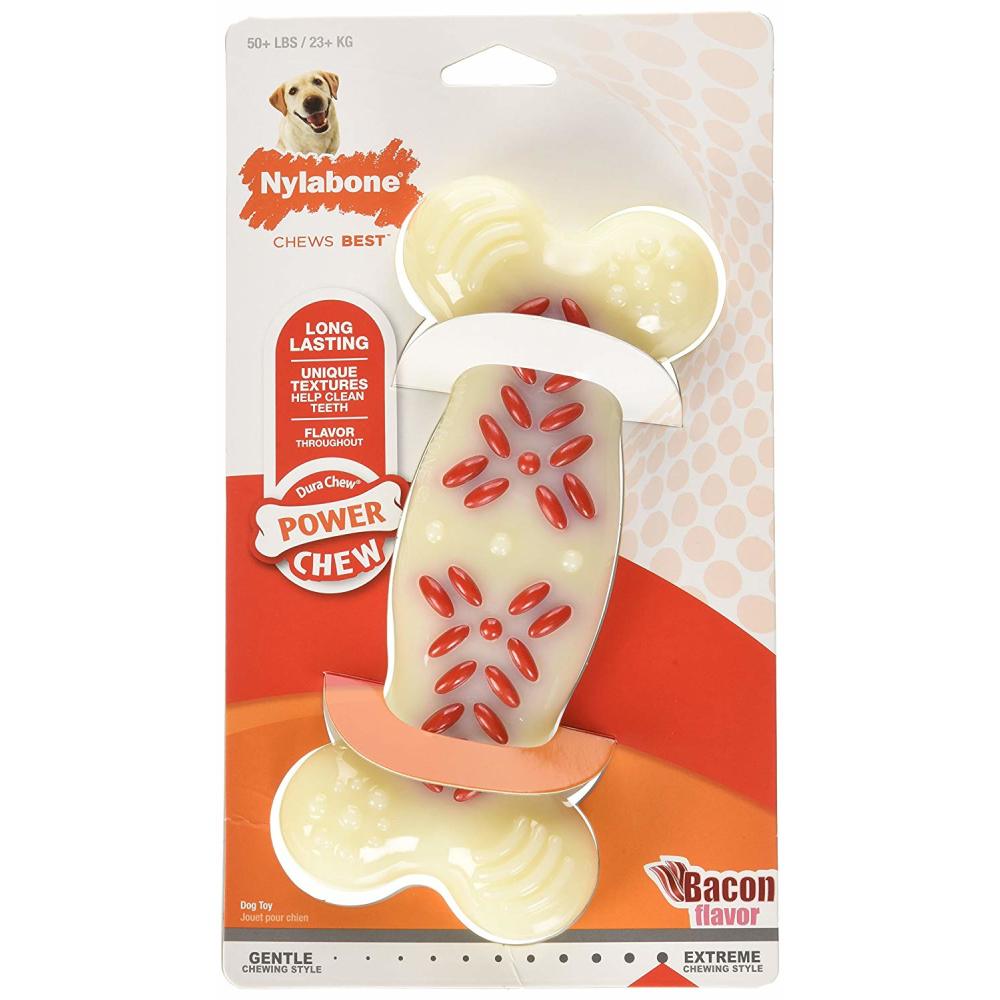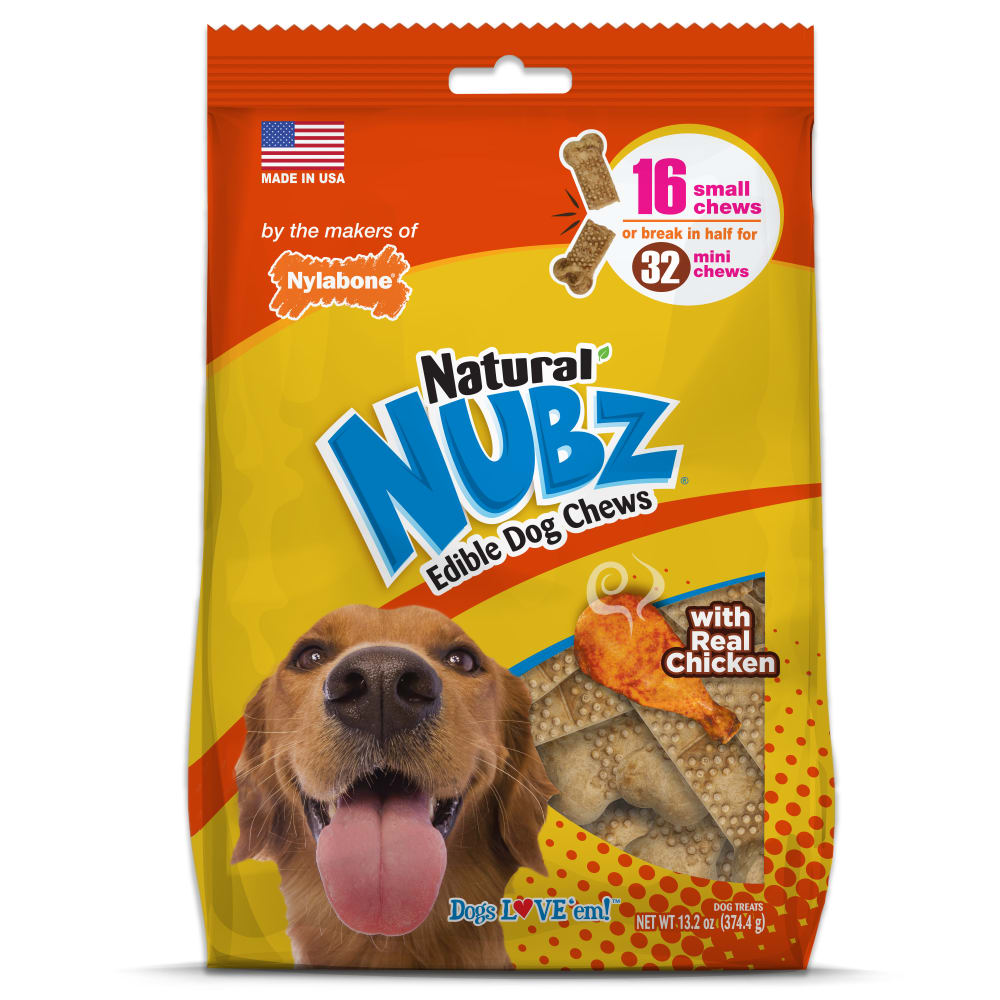Types of Dog Breeds: A Quick Guide
Did you know all dogs belong to the same species (Canis lupus familiaris)? If not, we don't blame you. After all, furry friends offer plenty of variety! From sprightly, little Yorkies to gigantic yet calm Great Danes, each dog breed is known for its unique size, personality traits, and other distinct characteristics. Whether you're looking for a new pup or just want to learn more about your pooch, there's a lot to know about the different types of dog breeds.
The American Kennel Club (AKC) recognizes seven main dog breed groups that organize dogs based on their abilities, appearances, and other key traits:
These groups were derived from the specific jobs dogs were originally bred to accomplish, such as guarding homes, herding, and hunting. Even though many dogs these days spend more time going on walks or playing fetch than chasing badgers or gathering sheep, our furry friends still retain these instinctive urges. As pet parents, it's our duty to give our pups the best care based on their breed's specific needs. Our dog breeds A to Z guide is your all-in-one source about the seven breed groups and their most popular representative members.
#1: The Herding Group

Breeds in the Herding Group have been an integral part of virtually every country's use of livestock. To this day, herding dogs maintain many of the same physical characteristics and instincts for corralling animals as they did centuries ago. Herding breeds have been bred to be intelligent, athletic, and diligent. They are arguably the most trainable of all on our A to Z dog breeds guide, making them naturals for dog obedience training, agility, and herding trials.
Members of the Herding Group have evolved into independent but loyal dogs who are happiest when serving their pet parents. With adequate exercise and mental stimulation, these dogs are wonderful, devoted pets who thrive on—and demand—human companionship.
Popular herding dog breeds include:
- Australian Cattle Dog
- Australian Shepherd
- Belgian Malinois
- Border Collie
- Bouvier Des Flandres
- Briard
- Cardigan Welsh Corgi
- Collie
- German Shepherd
- Icelandic Sheepdog
- Old English Sheepdog
- Pembroke Welsh Corgi
- Shetland Sheepdog
#2: The Hound Group

Hounds were recruited throughout ancient history to hunt animals. While few hounds today are used for hunting purposes, this instinct remains strong in all Hound Group breeds.
Appropriately named for their strong eyesight and scenting abilities, hound dog breeds are divided into two subgroups: sighthounds and scenthounds. Both hound types were selectively bred to hunt a wide variety of animals. Small hounds used scent to chase prey into the ground, while medium-sized hounds utilized both sight and scent for smaller game like rabbits and foxes.
Popular hound dog breeds include:
- Afghan Hound
- Basenji
- Basset Hound
- Beagle
- Black and Tan Coonhound
- Bloodhound
- Borzoi
- Dachshund
- English Foxhound
- Ibizan Hound
- Irish Wolfhound
- Otterhound
- Rhodesian Ridgeback
- Scottish Deerhound
- Whippet
#3: The Non-Sporting Group

The Non-Sporting Group is home to dogs who no longer perform the duties they were originally bred to carry out. For example, Dalmatians aren't known to accompany horse-drawn carriages anymore. As one of the most popular dog breed groups, the Non-Sporting group includes many well-known breeds that range in size, activity level, coat type, and origin, offering pet parents a wide variety of choices.
Popular non-sporting dog breeds include:
- American Eskimo
- Bichon Frise
- Boston Terrier
- Bulldog
- Chinese Shar-Pei
- Chow Chow
- Dalmatian
- French Bulldog
- Keeshond
- Lhasa Apso
- Poodle
- Shiba Inu
- Tibetan Terrier
RELATED: Tiny to Giant – A Quick List of Dog Sizes
#4: The Sporting Group

Since the 1600s, sporting dogs have been trained to assist hunters in finding, pointing, flushing, holding, and retrieving game. Of the three types of sporting dogs—pointers, setters, and retrievers—some still perform the duties for which they were originally bred. Their unwavering loyalty and remarkable trainability have helped them become some of the most popular dog breeds for families.
Sporting dogs' skills haven't been limited just to hunting; these talented breeds also excel as therapy dogs, assistance dogs, and search and rescue dogs. Athletic and active, they are known for their good nature and enthusiastic attitude. However, these types of dog breeds need plenty of exercise to stay occupied.
Popular sporting dog breeds include:
- Brittany (American)
- Chesapeake Bay Retriever
- Cocker Spaniel
- Curly-Coated Retriever
- English Cocker Spaniel
- English Springer Spaniel
- Flat-Coated Retriever
- German Shorthaired Pointer
- German Wirehaired Pointer
- Golden Retriever
- Gordon Setter
- Irish Setter
- Labrador Retriever
- Vizsla
- Weimaraner
- Welsh Springer Spaniel
- Wirehaired Pointing Griffon
#5: The Terrier Group

The name "terrier" is derived from the Latin word terra, meaning "earth." Terrier breeds come in all sizes. Developed to burrow in the earth to chase and catch vermin such as rats, foxes, badgers, weasels, and otters, terriers were selectively bred for centuries as determined and tenacious dogs.
Some terriers have distinctive double coats, consisting of soft undercoats and wiry jackets that require special grooming. Some coats are plucked or stripped by hand, which is a time-consuming process that gives these dogs a unique appearance.
Popular terrier dog breeds include:
- Airedale Terrier
- American Pit Bull Terrier
- American Staffordshire Terrier
- Border Terrier
- Bull Terrier
- Cairn Terrier
- Jack Russell Terrier
- Miniature Schnauzer
- Norwich Terrier
- Scottish Terrier
- Soft Coated Wheaten Terrier
- Staffordshire Bull Terrier
- West Highland White Terrier
- Wire Fox Terrier
#6: The Toy Group

Toy breeds pack a lot of character in a small package. The "toy" part of this breed group's name refers to size only. These types of dog breeds have such spirit and strong personalities that often dominate larger dogs, and in some cases, people, if not properly trained.
Many toy breeds have descended from larger breeds of terriers or spaniels and still retain those inherent instincts. Others ruled the roost as prized lapdogs and royal companions. Despite their small size, they are vocal defenders of their homes and ideal dogs for apartments and other small spaces.
Popular toy dog breeds include:
- Cavalier King Charles Spaniel
- Chihuahua
- Chinese Crested
- English Toy Spaniel
- Greyhound
- Havanese
- Italian Greyhound
- Japanese Chin
- Maltese
- Miniature Pinscher
- Papillon
- Pekingese
- Pomeranian
- Pug
- Shih Tzu
- Silky Terrier
- Toy Fox Terrier
- Yorkshire Terrier
#7: The Working Group

All domestic dogs were once bred with the purpose of serving humankind, with several Working Group breeds originally performing specific tasks for their masters. In many countries, breeds were created to be hunters, guardians, or "draft dogs" who would pull sleds and carts.
The medium to giant dog breeds that make up the Working Group are well known for their athleticism, strength, courage, and loyalty. If you can provide a working dog a job to do, you'll have an enthusiastic partner for years to come.
Popular working dog breeds include:
- Akita
- Alaskan Malamute
- Bernese Mountain Dog
- Boxer
- Bullmastiff
- Cane Corso
- Chinook
- Doberman Pinscher
- Dogues de Bordeaux
- Giant Schnauzer
- Great Dane
- Great Pyrenee
- Greater Swiss Mountain Dog
- Leonberger
- Mastiff
- Newfoundland
- Portuguese Water Dog
- Rottweiler
- Saint Bernard
- Samoyed
- Siberian Husky
- Standard Schnauzer
A Dog for Every Lifestyle
Each of these dog breed groups features an intriguing range of furry friends. Whether you prefer a laidback dog or an athletic exercise buddy, there's a pup for any type of personality. Be sure to keep this A to Z dog breeds guide handy whenever you want to learn more about your favorite pooches!
Be sure to keep this A to Z dog breeds guide handy whenever you want to learn more about your favorite pooches!
Did you know new dog breeds are recognized almost every year? Discover these newly established furry friends!
FOLLOW US!






